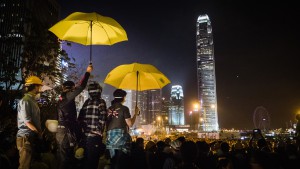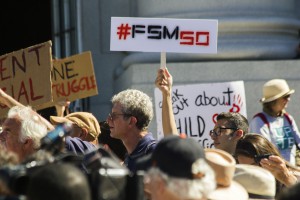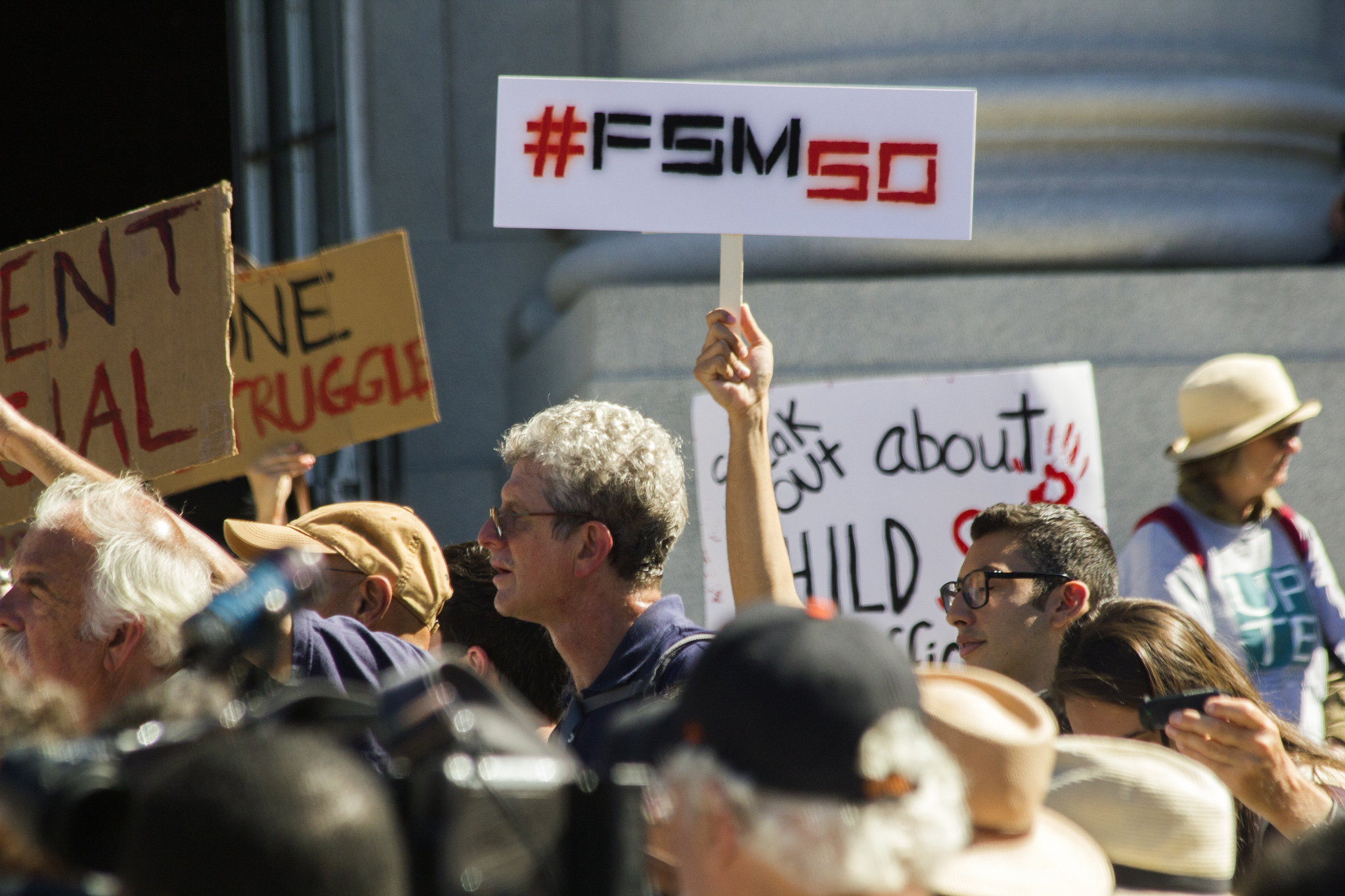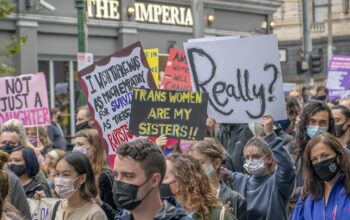Who is more likely to change the policy of a state – a militant with a machine gun or a lonely picketer standing on a lively street? Can a single tweet with a meaningful #hashtag break the ice and start the process of transformation? The possibility that a citizen armed with a smartphone can change powerful state machinery seems to be rather doubtful: you might as well try to break a concrete wall with your head. But statistics show the exact opposite: non-violent resistance is twice more likely to lead to desired result than a violent campaign. Moreover, non-violent resistance does not entail high costs, such as destroyed infrastructure or civil casualties.
From demonstrations to the occupation of buildings, from mock funerals to so-called “white strikes”, the 20th century knows around 200 non-violent ways to challenge an oppressive government. The initial list was compiled more than forty years ago by Gene Sharp, an American political science scholar who studied non-violent resistance in authoritarian countries. Since then, the world has changed dramatically, and today the Internet and social media provide us with endless opportunities for non-violent resistance.
Social media outlets such as Facebook or Twitter were widely used in peaceful protests during the Arab spring and in particular in Tunisia and Egypt. According to a survey, nine out of ten Egyptians claim to have used Facebook to coordinate their actions, and more than 85% of respondents in both Egypt and Tunisia were using social media to acquire new information concerning the protests. Authorities’ efforts to restrict the use of the social media had the opposite effect. Indeed, these attempts have become an important factor in protesters’ motivation to continue resistance. It is worth mentioning that people’s efforts led to the change of the governments in both countries.
 The “Umbrella Revolution” in Hong Kong, which took place this autumn, has seen the rise of yet another tool. The social media was a natural source for civil disobedience in Honk Kong, as great parts of the protesters were secondary school or university students. The problem was that the Chinese authorities tried to block the social media, and Instagram in particular, with Facebook and Twitter already being restricted. The protesters, however, found a way to circumvent the communication blackouts: they used an application called FireChat, which uses Bluetooth technology for communication between users. This application allowed them to keep in touch and to unite their efforts even without access to the Internet.
The “Umbrella Revolution” in Hong Kong, which took place this autumn, has seen the rise of yet another tool. The social media was a natural source for civil disobedience in Honk Kong, as great parts of the protesters were secondary school or university students. The problem was that the Chinese authorities tried to block the social media, and Instagram in particular, with Facebook and Twitter already being restricted. The protesters, however, found a way to circumvent the communication blackouts: they used an application called FireChat, which uses Bluetooth technology for communication between users. This application allowed them to keep in touch and to unite their efforts even without access to the Internet.
One of the latest examples of non-violent resistance using the internet can be found in Russia. On the 21st of January, Russian authorities accused Svetlana Davydova, mother of seven children, of high treason after she had made several calls to the Ukrainian embassy about suspicious troop movements at a local military base. Svetlana was arrested and placed in a pre-detention facility to await her trial. It took less than two weeks to collect thirty thousand signatures for a petition demanding her release through the website of one Russian newspaper and the petitioning platform change.org. On the 3rd of February, she was released from the pre-detention facility in Moscow and was returned back home.
YouTube, prominent for funny videos with cats and other animals, is also a wonderful tool for shaming authorities and making their mistakes known to the rest of the world, especially when a state is not planning to punish officials who violate laws. All you need to do is to take your smartphone and film a policeman taking a bribe or election staff throwing a pile of ballots into the ballot box, and half of the work is done. The second part of the job is to boycott a person who is known to have committed unlawful actions, because no one wants to be socially isolated, especially from their own friends, neighbours and colleagues.
It can happen that a government tries to restrict the usage of social media and Internet for the sake of counteracting terrorism or in order to protect children against violence. The good news is that citizens are usually one step ahead of the state. The so-called “mirror websites” are one of the many inventions in use today that are providing access to websites blocked by the government. A mirror website is basically an actual and up-to-date copy of a website that was blocked because its contents are unwanted by the authorities. Tech-savvy people usually resort to using VPNs and proxies, which allow users to divert all their internet traffic through another country while staying anonymous.
However, even if social media and modern technology are promising tools for peaceful resistance, they have their own limitations and should always be used wisely. First and foremost, they can be misused to plan terrorist attacks or to promote religious intolerance. Second of all, they may also be exploited for purposes that might lead to civil casualties, and in this case the events cannot be called “peaceful” or “non-violent”. The question whether governments should control social media and the internet to some extent is still very controversial. Users should be wise and mature enough to understand the difference between non-violent resistance and revolution, between civil disobedience and terrorism.
Another problem is that social media and internet are quite useless in the face of serious atrocities or highhandedness of authorities, and this leads us back to our comparison of trying to break a concrete wall with your head. Just sharing a post or adding a hashtag to your photo won’t actually change a government policy – social movements still need people and their motivation and talents to achieve aims. Nonetheless, despite all its negative sides and limitations, the social media and the internet are powerful resources when people want to be heard. Most importantly, they give us an opportunity to access independent sources of information and an ability to easily attract and mobilize people for further actions.
By Victoria Yantseva
Image credit:
Picture 1: Pasu Au Yeung, licensed under CC BY 2.0
Picture 2: Quinn Dombrowski, licensed under CC BY-SA 2.0










